
Placemaking in Urban Design
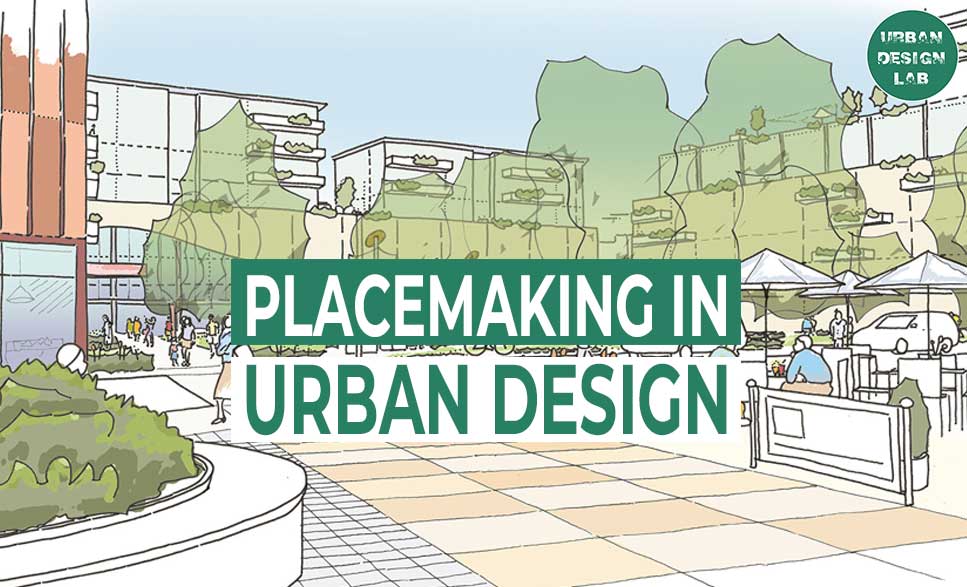
Urban design is a critical element in creating livable, sustainable cities that meet the needs of their inhabitants. Placemaking is an approach that has gained popularity among urban planners and designers in recent years as a way to enhance the quality of urban spaces and make them more people-friendly. In this article, we’ll explore what placemaking is, why it matters, and how it can be integrated into urban design to create vibrant, livable cities.
Table of content:
1. What is Placemaking?
2. The Importance of Placemaking in Urban Design
3. The Key Principles of Placemaking
- People-Centered Design
- Mixed-Use Development
- Public Participation
- Sustainability
4. Examples of Successful Placemaking Projects
- High Line Park, New York City
- Granville Island, Vancouver
- Cheonggyecheon Stream, Seoul
5. Challenges and Limitations of Placemaking
6. Best Practices for Placemaking in Urban Design
- Understanding the Community
- Integrating Technology
- Encouraging Diversity and Inclusivity
- Balancing Economic Development and Social Needs
7. Conclusion
1. What is Placemaking?
Placemaking is an approach to urban design that prioritizes people over infrastructure. It aims to create public spaces that are more than just utilitarian, but rather places that inspire and promote social interaction and cultural exchange. Placemaking recognizes that public spaces play an essential role in the social and cultural life of communities, and that they are critical to creating a sense of place and identity.

2. The Key Principles of Placemaking
Placemaking is an approach to urban design that prioritizes people over infrastructure. It aims to create public spaces that are more than just utilitarian, but rather places that inspire and promote social interaction and cultural exchange. Placemaking recognizes that public spaces play an essential role in the social and cultural life of communities, and that they are critical to creating a sense of place and identity.
A. People-Centered Design
One of the key principles of placemaking is people-centered design. Placemaking prioritizes the needs and desires of people over cars, buildings, or other infrastructure. This means designing public spaces that are comfortable, safe, and accessible for all members of the community, regardless of age, ability, or socioeconomic status. People-centered design involves creating spaces that are welcoming, inclusive, and reflective of the unique identity and culture of the community.
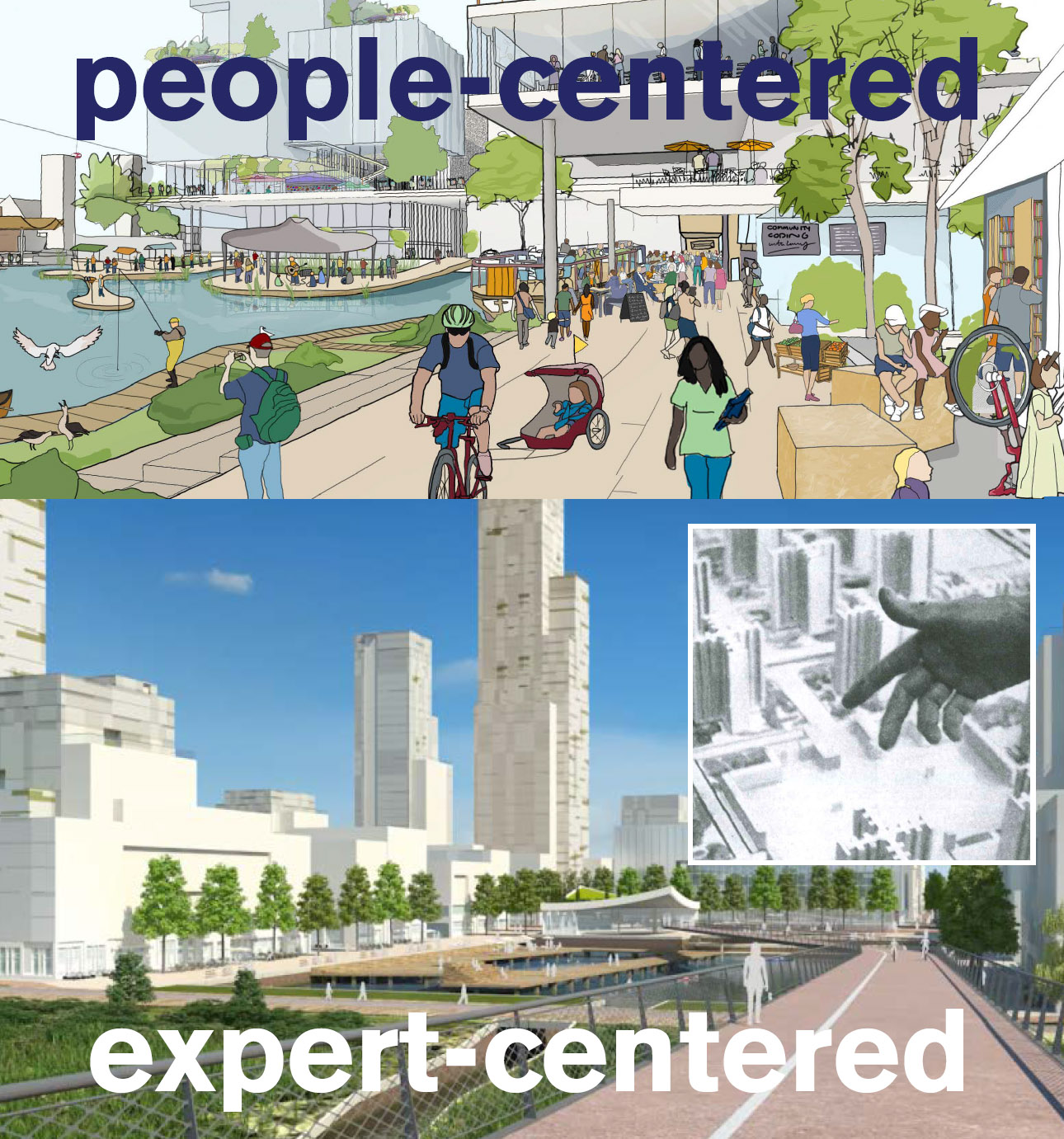
B. Mixed-Use Development
Another principle of placemaking is mixed-use development. Placemaking encourages mixed-use development, which combines residential, commercial, and civic uses in a single space. This creates a sense of place and provides opportunities for social interaction and economic activity. Mixed-use development can also help to reduce dependence on cars by creating walkable, bikeable neighborhoods with easy access to shops, services, and public transportation.

C. Public Participation
Placemaking recognizes the importance of community engagement in the design and development of public spaces. This is because community members are the ultimate users of these spaces, and their input and feedback are critical to ensuring that public spaces are truly responsive to their needs and desires.
Engaging with the community can take many forms, including community workshops, surveys, and focus groups. These activities allow community members to share their ideas, concerns, and aspirations for public spaces, and to provide feedback on specific design proposals.
By involving the community in the placemaking process, designers and planners can build trust and foster a sense of ownership and responsibility among community members. This can lead to greater support for placemaking projects and increased use of public spaces once they are completed.

D. Sustainability
Placemaking also emphasizes the importance of sustainable practices in urban design. This involves incorporating green infrastructure, active transportation, and energy-efficient design principles into the design of public spaces.
Green infrastructure refers to the use of natural systems, such as parks, gardens, and green roofs, to manage stormwater, reduce urban heat islands, and improve air quality. By incorporating green infrastructure into public spaces, placemaking can help to mitigate the negative environmental impacts of urban development and create more sustainable and resilient cities.
By promoting sustainable practices in urban design, placemaking can help to create more livable and resilient cities. Sustainable public spaces not only benefit the environment, but also improve the health and well-being of local residents and support the local economy by attracting businesses and tourists.

3. Examples of Successful Placemaking Projects
There are many examples of successful placemaking projects around the world. Here are a few notable examples:
A. High Line Park, New York City
The High Line Park is a unique public space that spans over 1.5 miles on the west side of Manhattan, New York City. It was once an abandoned and overgrown railway line, but in 2009 it was transformed into a beautiful public park that is now one of the city’s most popular tourist destinations.
The park features a variety of green spaces, including gardens and wildflowers that were specifically chosen for their hardiness and ability to thrive in the park’s unique environment. There are also several public art installations, including sculptures and murals, that add to the park’s aesthetic appeal and cultural significance.
The design of the High Line is a prime example of people-centered placemaking. The park was designed with the community’s needs in mind, providing a safe and accessible space for all visitors, regardless of their age, ability, or socioeconomic status. The park’s design also incorporates sustainable practices such as rainwater harvesting and green infrastructure, which helps to reduce its environmental impact.
Since its opening, the High Line has become a hub for social interaction and economic activity, with numerous events and activities taking place throughout the year. The park has also been credited with spurring economic development in the surrounding area, attracting new businesses and increasing property values.
Overall, the High Line Park is a shining example of the transformative power of placemaking. It has created a vibrant and livable public space out of a previously neglected area, and has become a symbol of community pride and identity in New York City.

B. Granville Island, Vancouver
The transformation of Granville Island from a once industrial area to a lively cultural and recreational center is an excellent example of successful placemaking. The revitalization of the island involved the creation of a variety of public spaces, including a bustling public market, artisan studios, theaters, galleries, and restaurants. These spaces are seamlessly integrated with parks and waterfront paths, creating a vibrant and diverse community space.
Granville Island is a mixed-use development that caters to a wide range of interests, ages, and socioeconomic backgrounds. It provides an opportunity for locals and tourists to interact and engage in cultural activities, while also serving as a hub for economic activity. The redevelopment of the island was achieved through extensive community engagement and public-private partnerships, ensuring that the needs and desires of the community were incorporated into the design.
The success of Granville Island as a placemaking project is evident in its popularity and appeal to a broad range of people. It has become a vibrant and dynamic space that has transformed the surrounding area and become a major attraction for tourists and residents alike. The island is a testament to the power of placemaking in creating sustainable, livable, and attractive public spaces that promote social interaction, cultural exchange, and economic vitality.
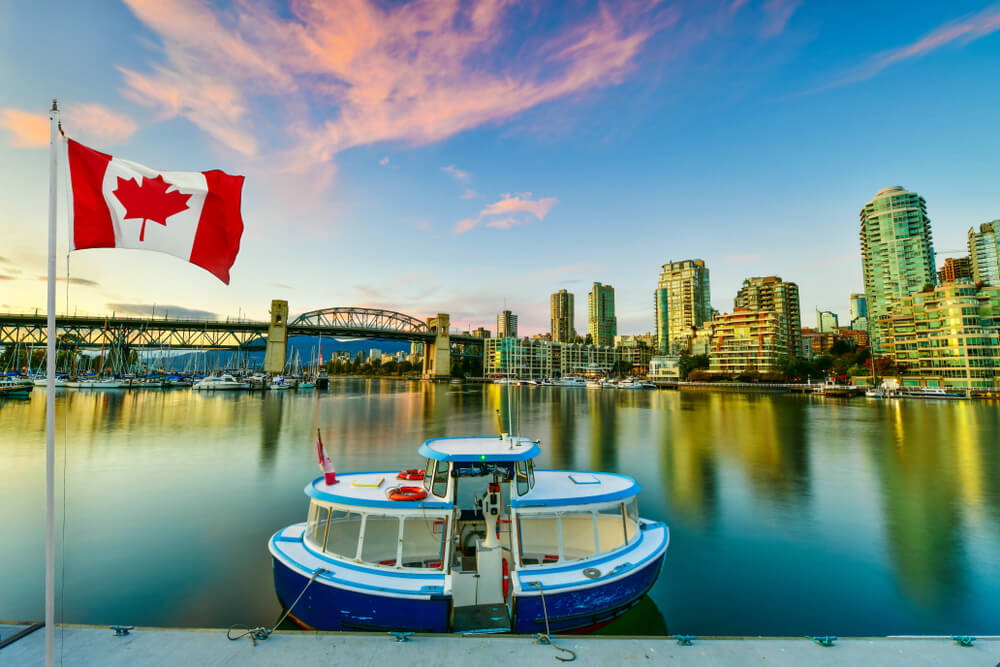
C. Cheonggyecheon Stream, Seoul
The Cheonggyecheon Stream project is a shining example of how placemaking can revitalize an entire urban area. The stream had been covered by a highway and was mostly neglected and forgotten, but the city of Seoul recognized its potential as a public space and began a major restoration project. The highway was removed, and the stream was uncovered and cleaned up, creating a beautiful natural space that runs through the heart of the city.
The Cheonggyecheon Stream project was not just a physical restoration, but also a social and economic one. The area around the stream was revitalized with new shops, restaurants, and public spaces, attracting both locals and tourists. The project also helped to reduce air pollution and improve the quality of life for residents in the surrounding neighborhoods.
Today, Cheonggyecheon Stream is a popular destination for people looking to escape the hustle and bustle of the city and enjoy some fresh air and nature. The stream is lined with walking paths, public art, and seating areas, making it an inviting space for social interaction and relaxation. The project is a testament to the power of placemaking to transform neglected spaces into vibrant, thriving public places that benefit the entire community.
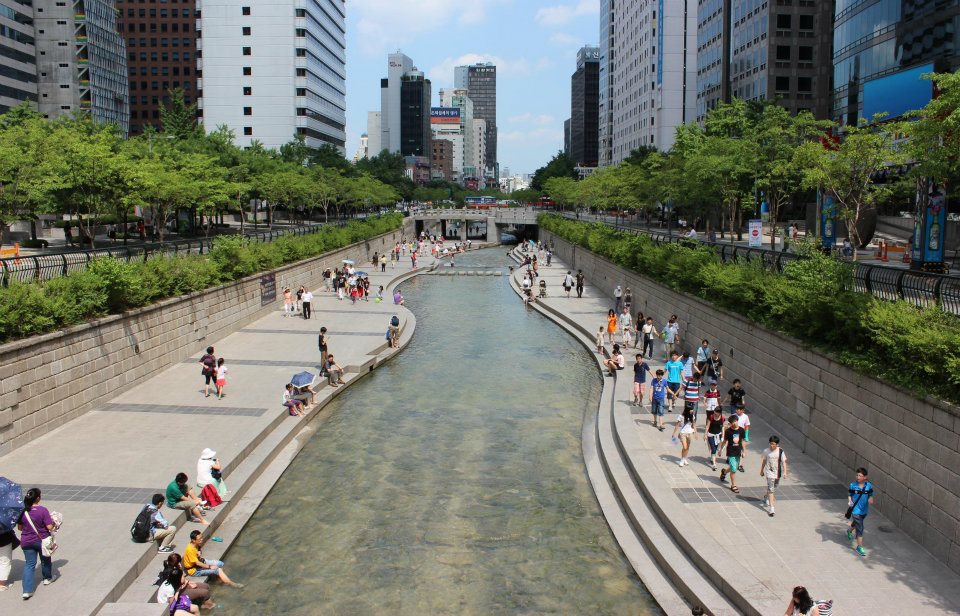
4. Challenges and Limitations of Placemaking
While placemaking has many benefits, it also faces several challenges and limitations. One of the main challenges is funding, as placemaking projects often require significant investment in infrastructure, design, and maintenance. Another challenge is political will, as placemaking requires the support and commitment of local governments and community leaders.
5. Best Practices for Placemaking in Urban Design
Despite these challenges, there are several best practices that can help to ensure successful placemaking projects. These include:
A. Understanding the Community
Placemaking projects should be informed by the needs and desires of the community they serve. This requires engaging with local residents, business owners, and other stakeholders to identify their priorities and concerns.
B. Integrating Technology
Technology can be a powerful tool for enhancing placemaking projects. For example, digital signage, interactive installations, and smart lighting can all help to create more engaging and interactive public spaces.
C. Encouraging Diversity and Inclusivity
Placemaking should strive to create public spaces that are welcoming and inclusive to people of all backgrounds and abilities. This requires taking into account issues such as accessibility, safety, and cultural sensitivity.
D. Balancing Economic Development and Social Needs
Placemaking should aim to strike a balance between economic development and social needs. This means designing public spaces that support economic activity while also promoting social equity, environmental sustainability, and public health.
6. Conclusion
Placemaking is a powerful approach to urban design that can help to create vibrant, livable cities that meet the needs of their inhabitants. By prioritizing people over infrastructure, engaging with the community, and promoting sustainability and inclusivity, placemaking projects can transform neglected public spaces into thriving community hubs. While there are challenges and limitations to placemaking, the benefits are clear, and with careful planning and investment, cities can create public spaces that are truly people-friendly and sustainable.

Urban Design Lab
About the Author
This is the admin account of Urban Design Lab. This account publishes articles written by team members, contributions from guest writers, and other occasional submissions. Please feel free to contact us if you have any questions or comments.
Conclusion
References
About the author
Related articles



History of Urban Planning in India

Kim Dovey: Leading Theories on Informal Cities and Urban Assemblage
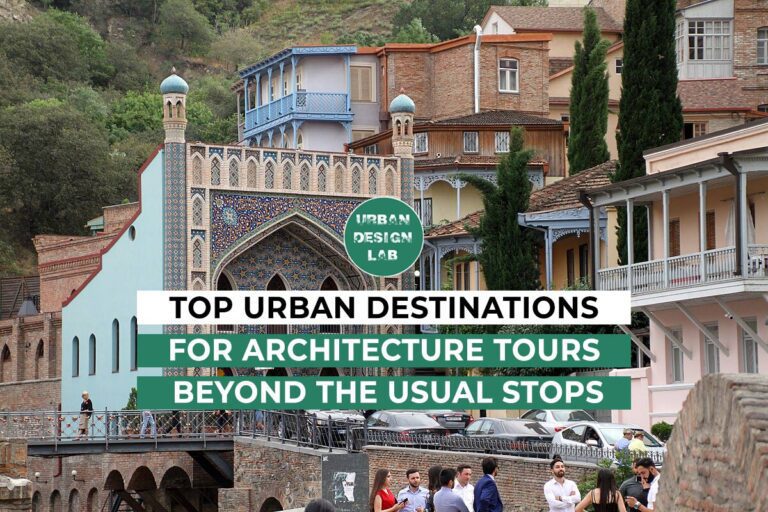
Top Urban Destinations for Architecture Tours Beyond the Usual Stops
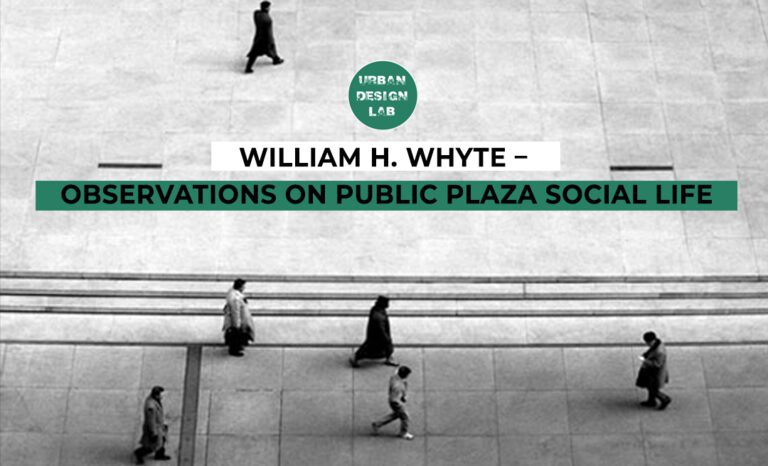
William H. Whyte public space theory
UDL GIS
Masterclass
Gis Made Easy- Learn to Map, Analyse and Transform Urban Futures
Session Dates
15th-19th December 2025

Urban Design Lab
Be the part of our Network
Stay updated on workshops, design tools, and calls for collaboration
Curating the best graduate thesis project globally!

Free E-Book
From thesis to Portfolio
A Guide to Convert Academic Work into a Professional Portfolio”
Recent Posts
- Article Posted:
- Article Posted:
- Article Posted:
- Article Posted:
- Article Posted:
- Article Posted:
- Article Posted:
- Article Posted:
- Article Posted:
Sign up for our Newsletter
“Let’s explore the new avenues of Urban environment together “


























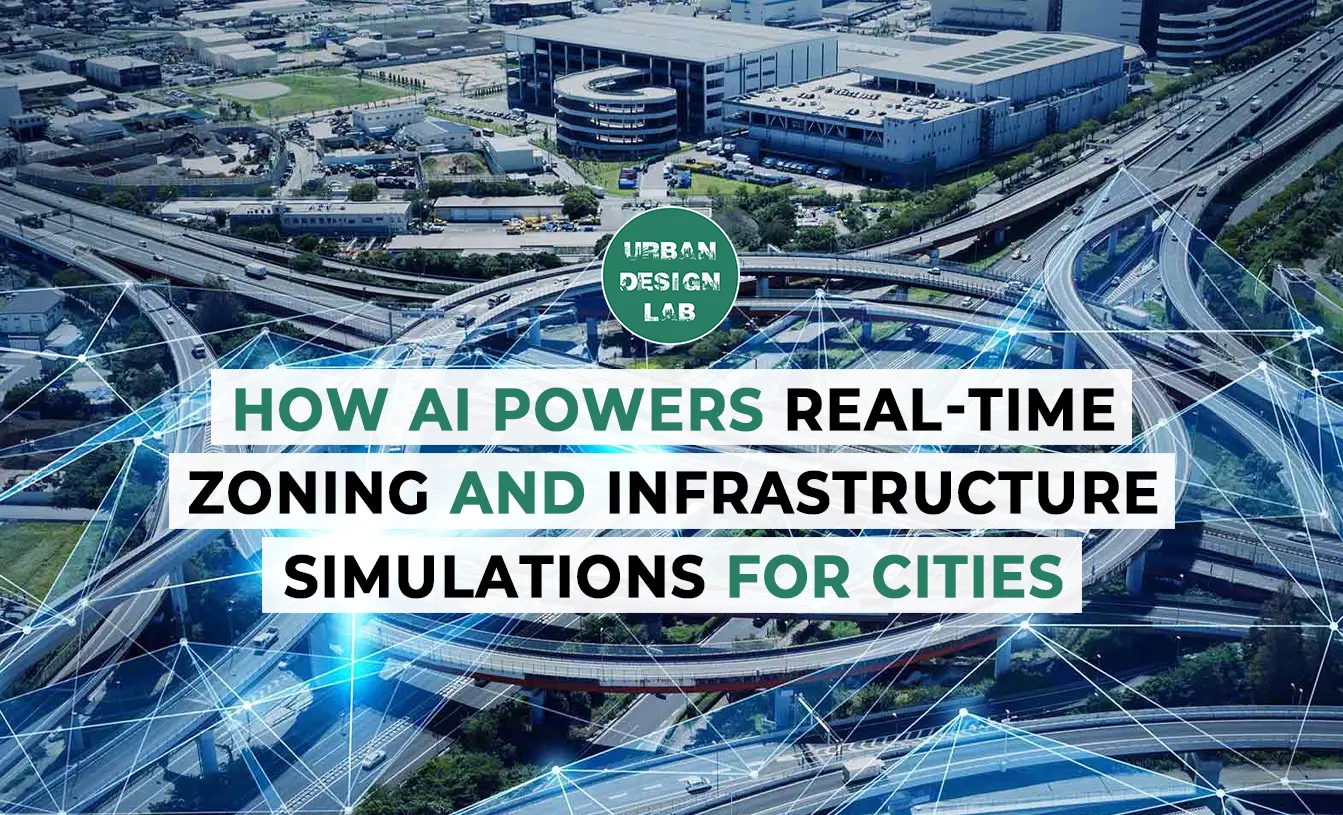
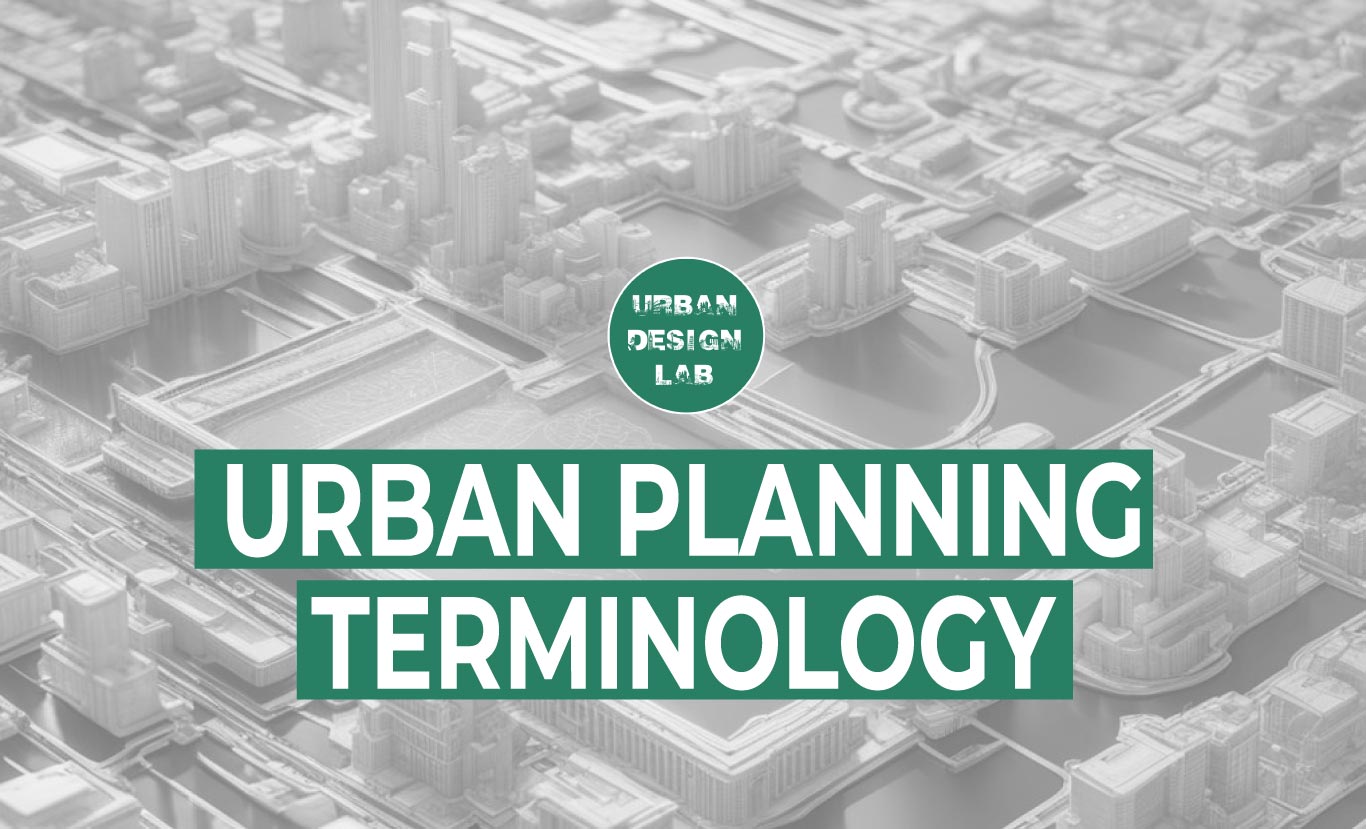
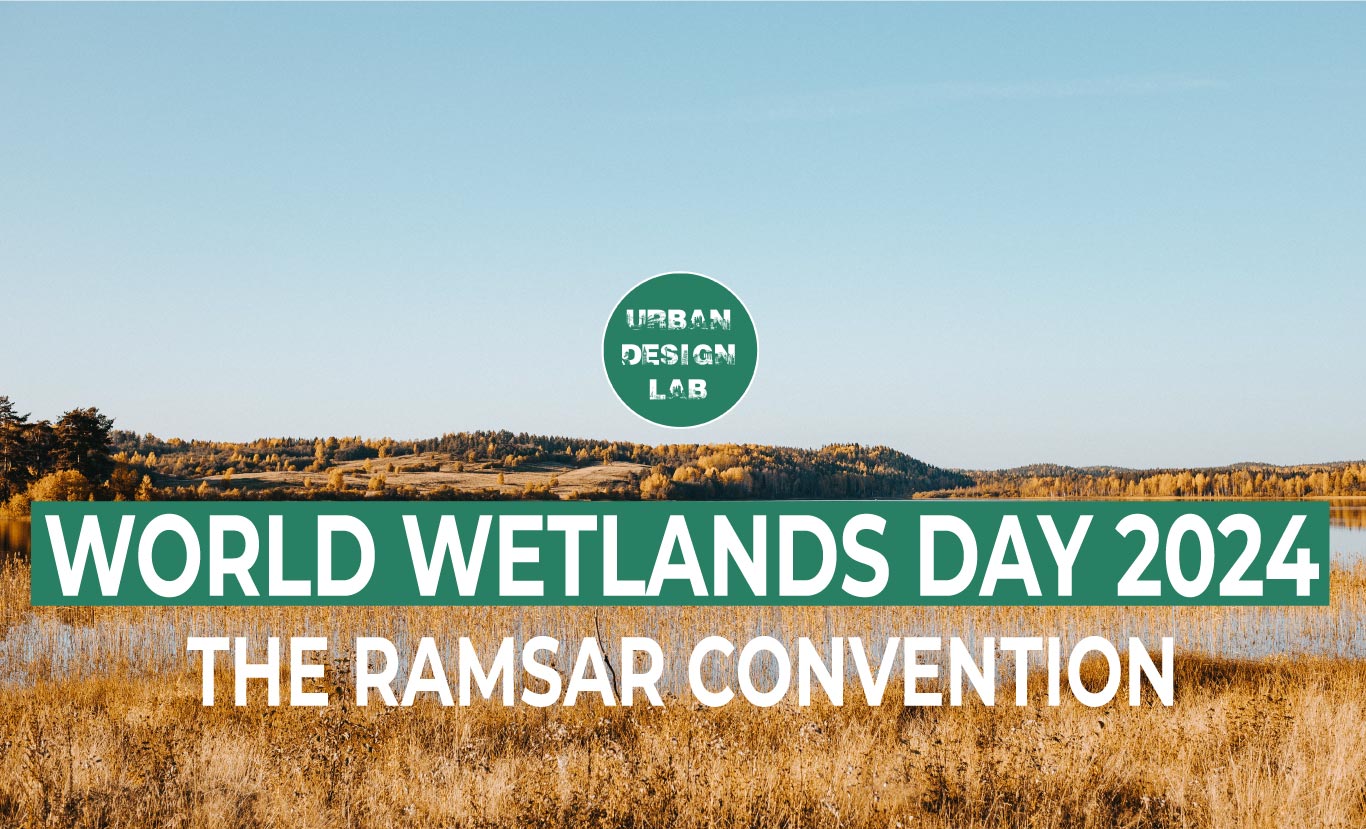



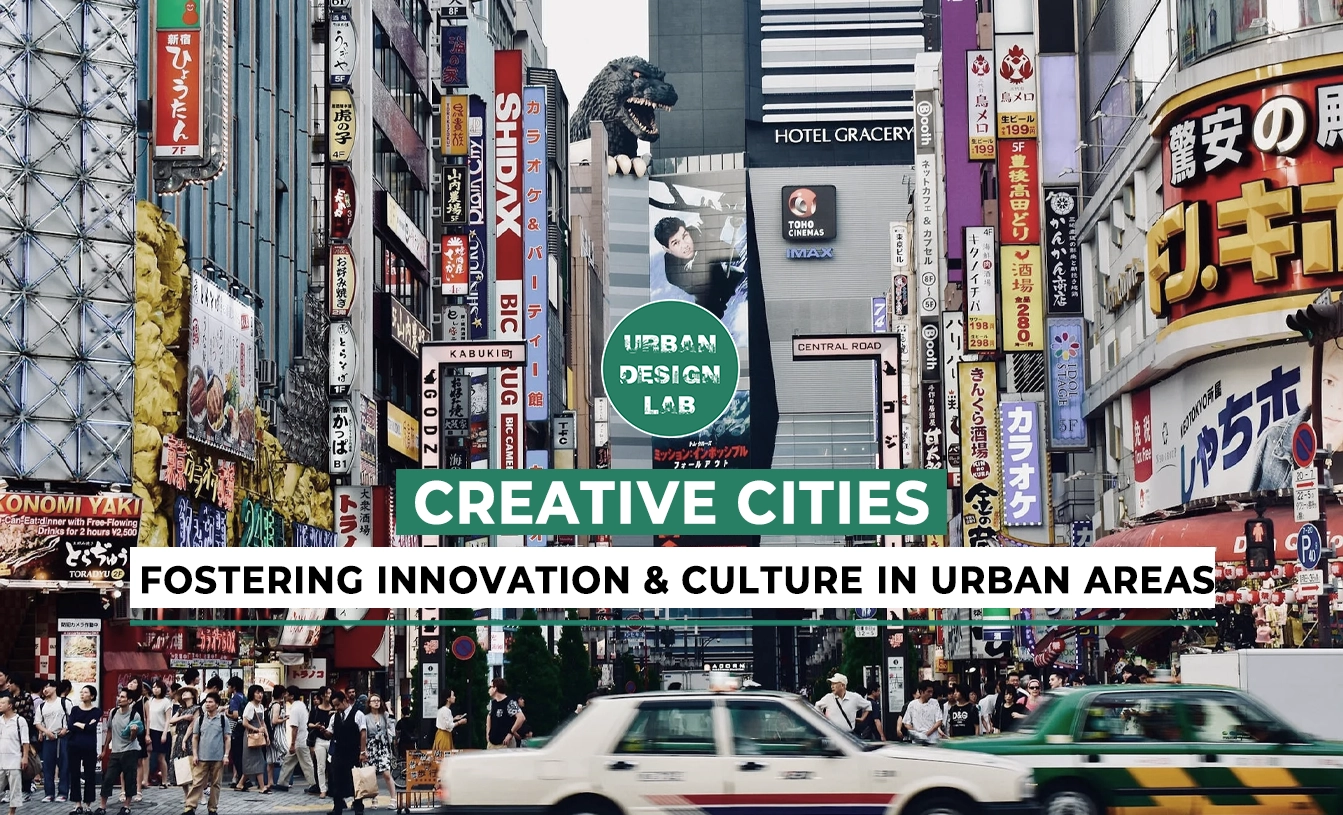

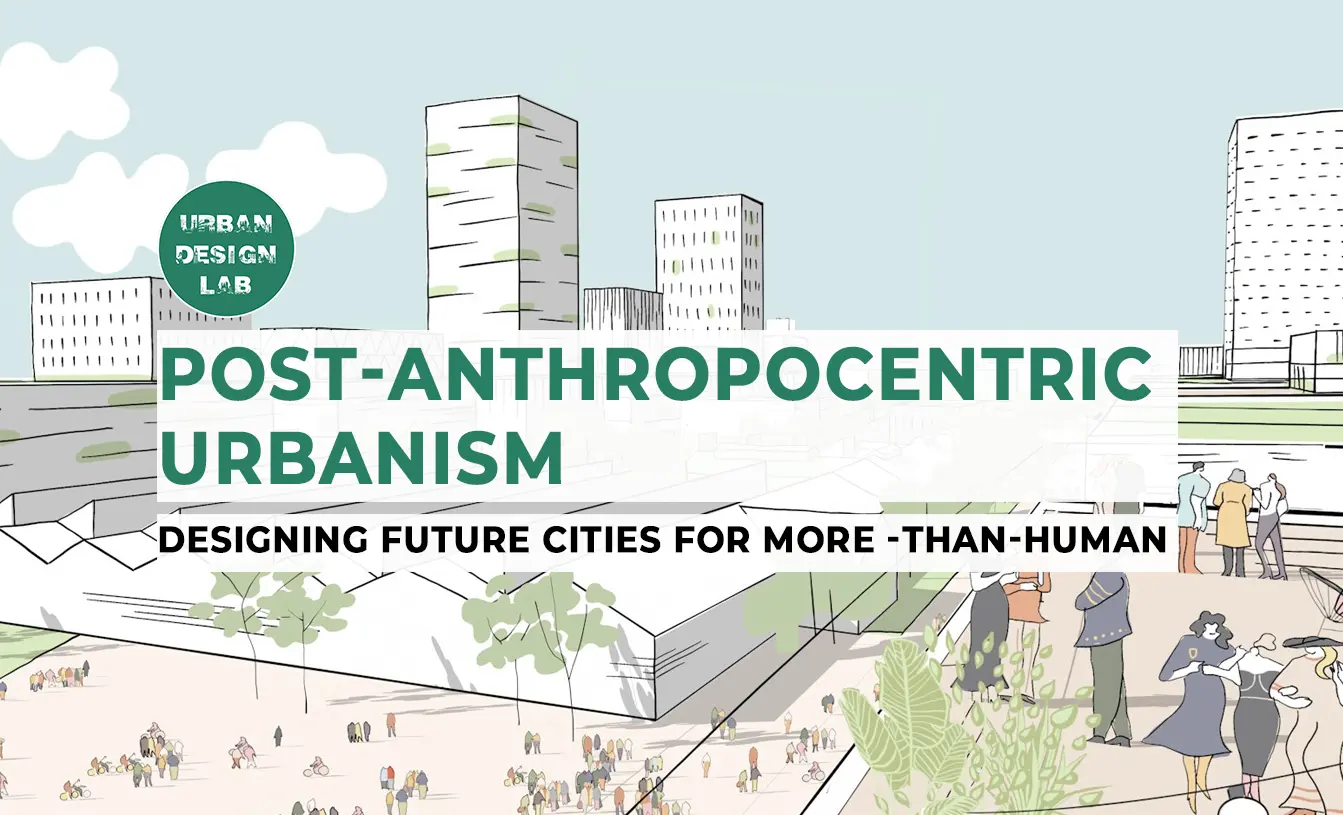
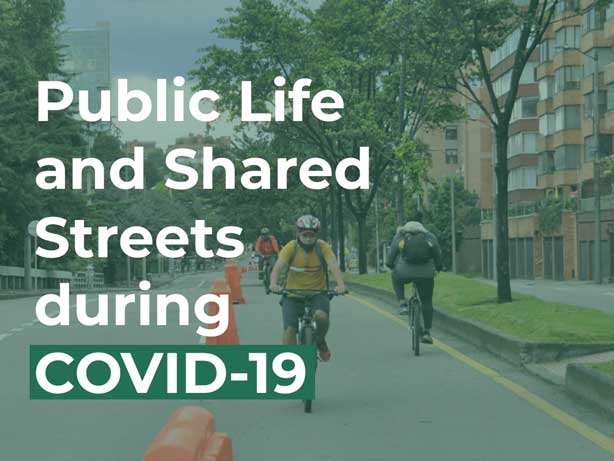
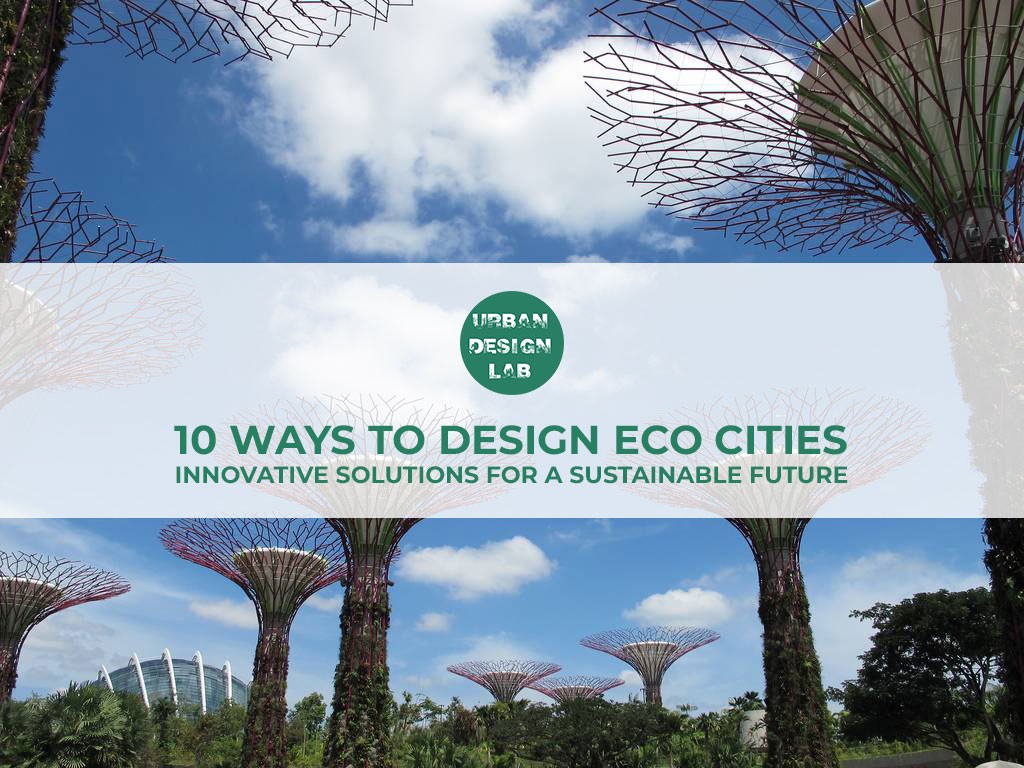
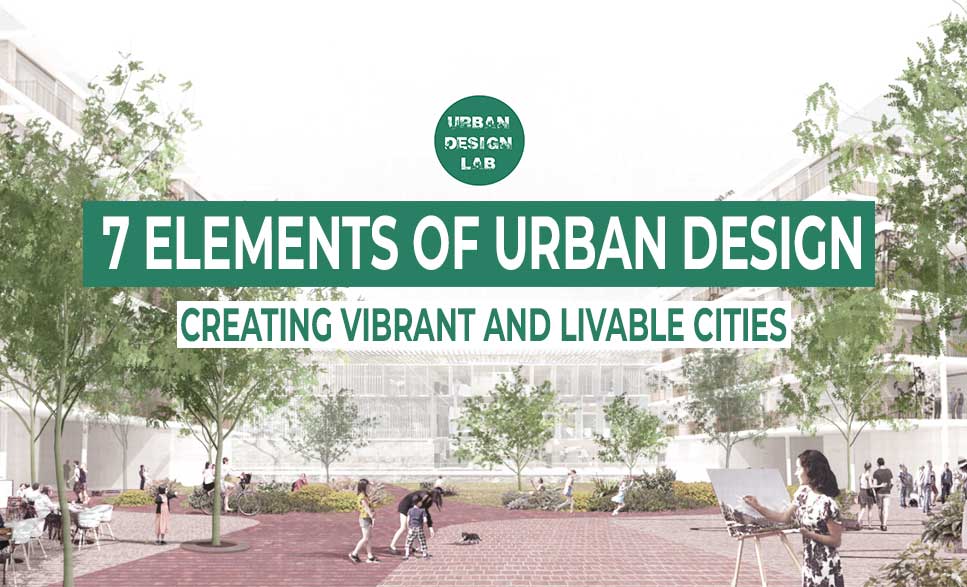
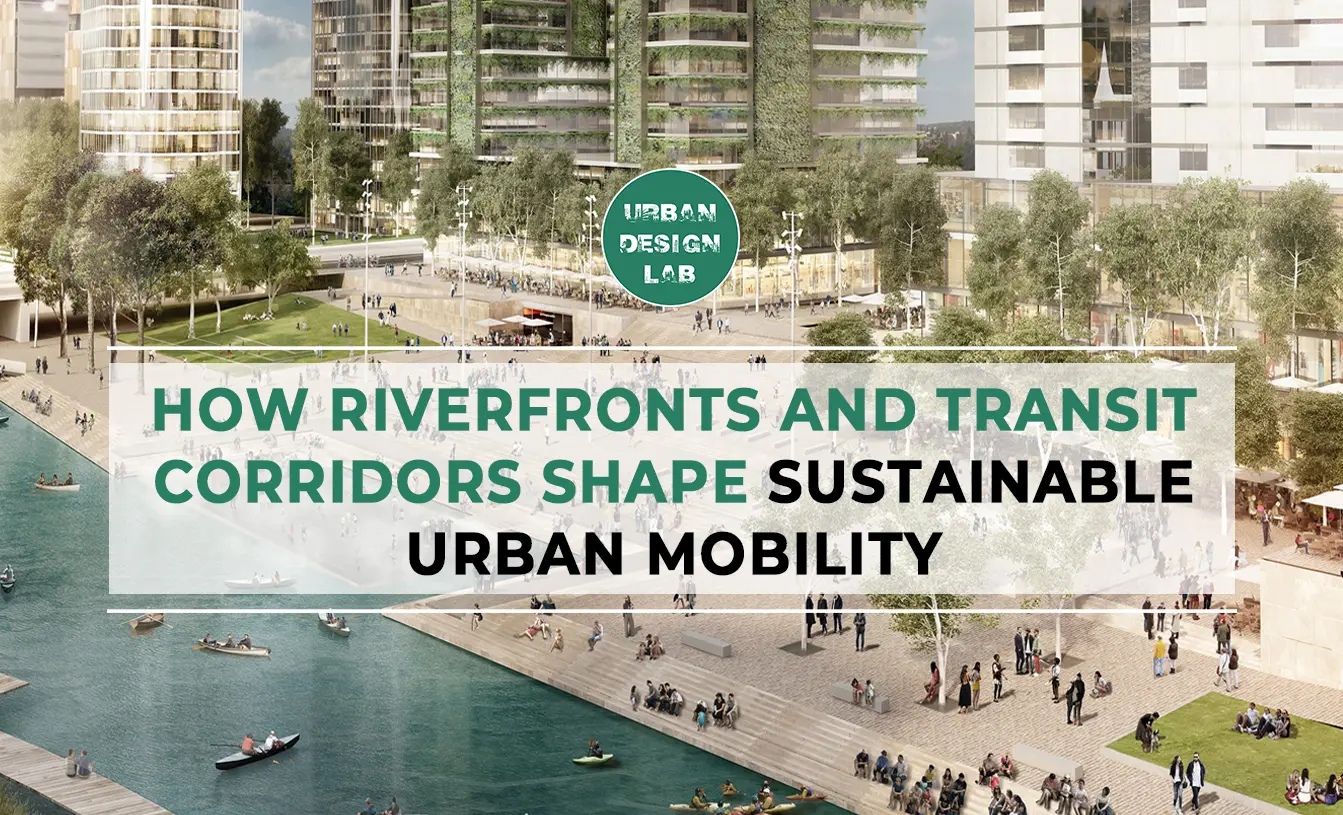
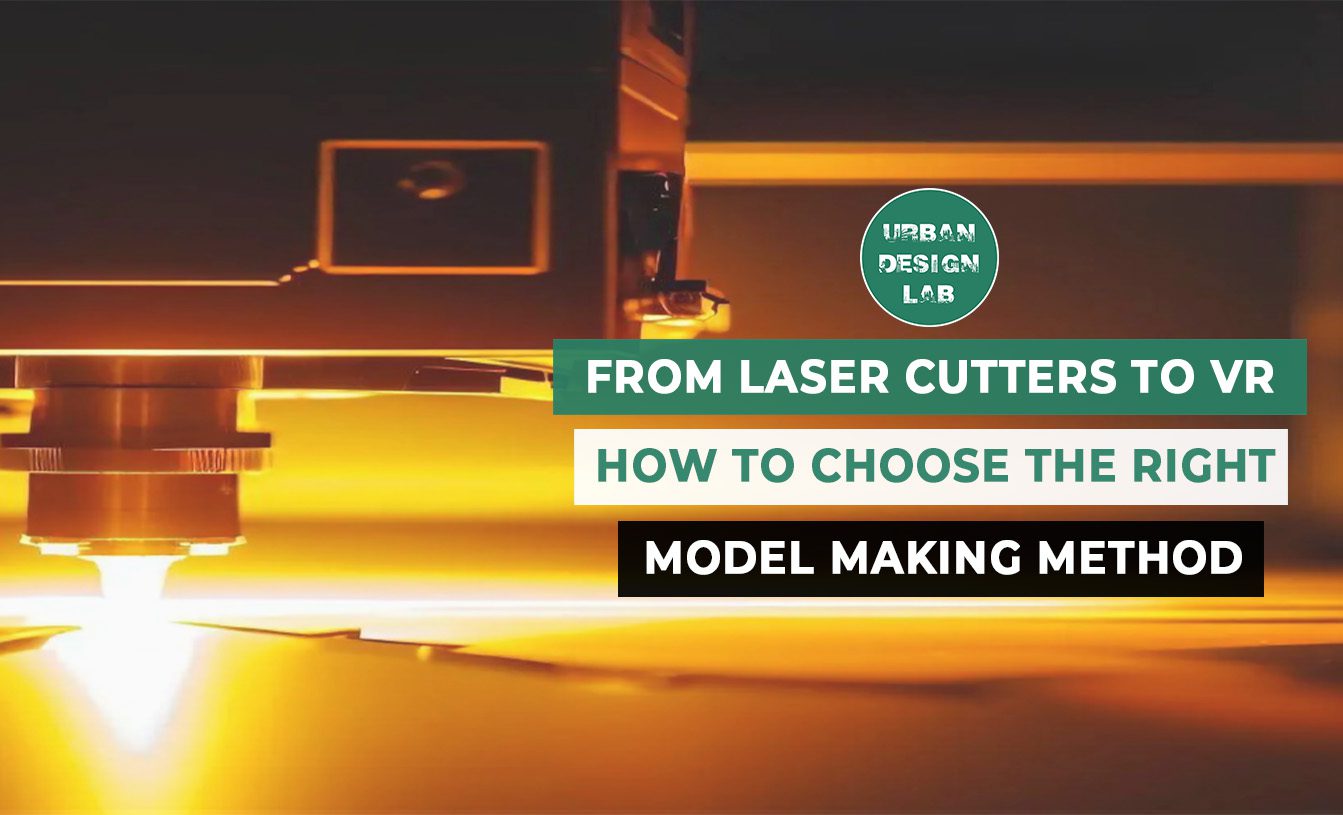
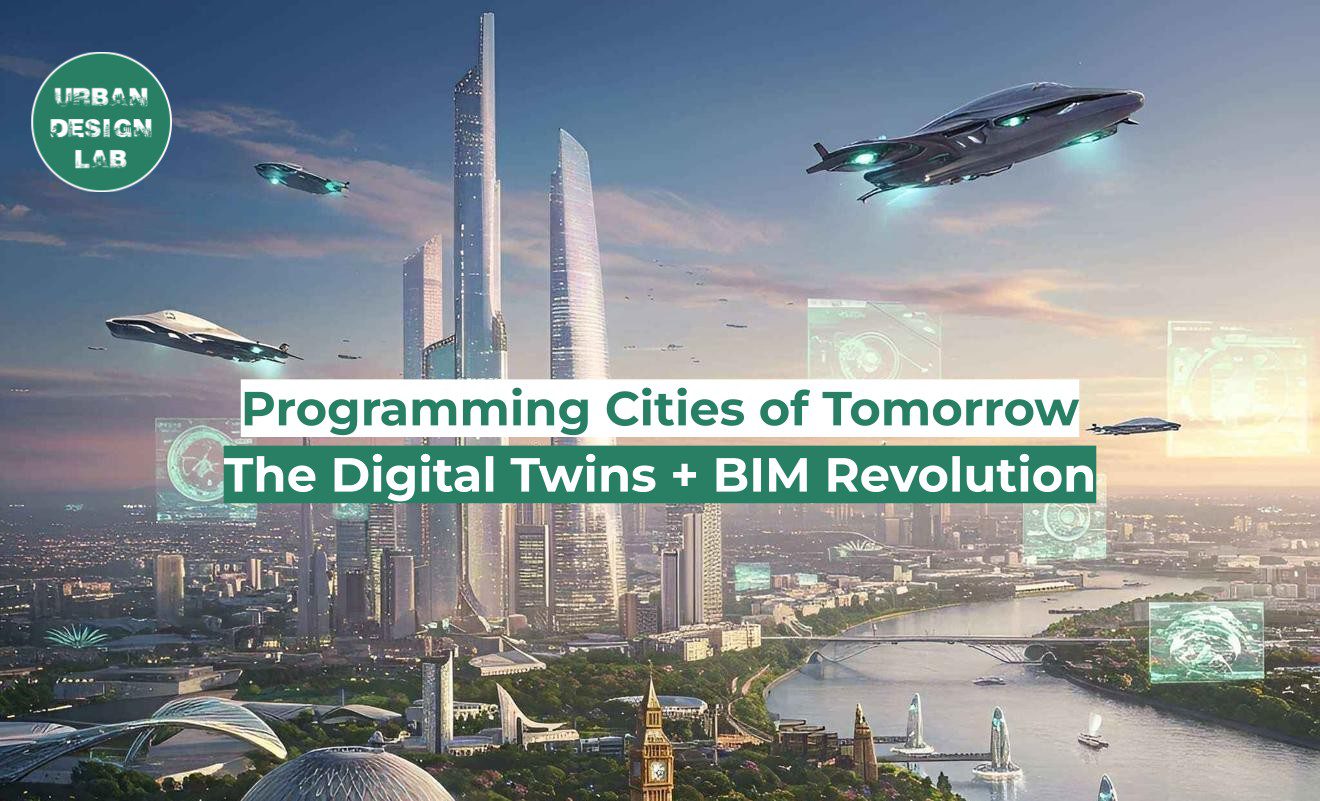
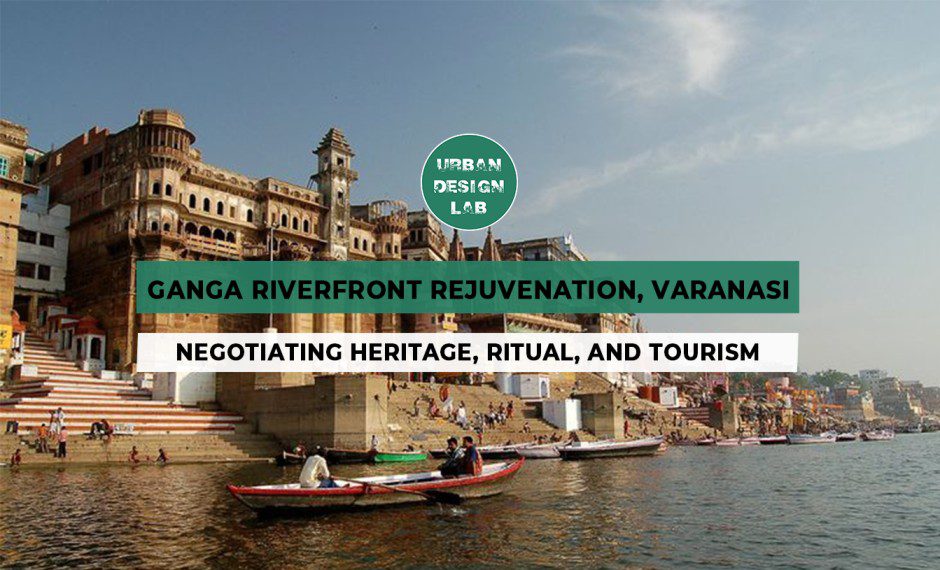


2 Comments